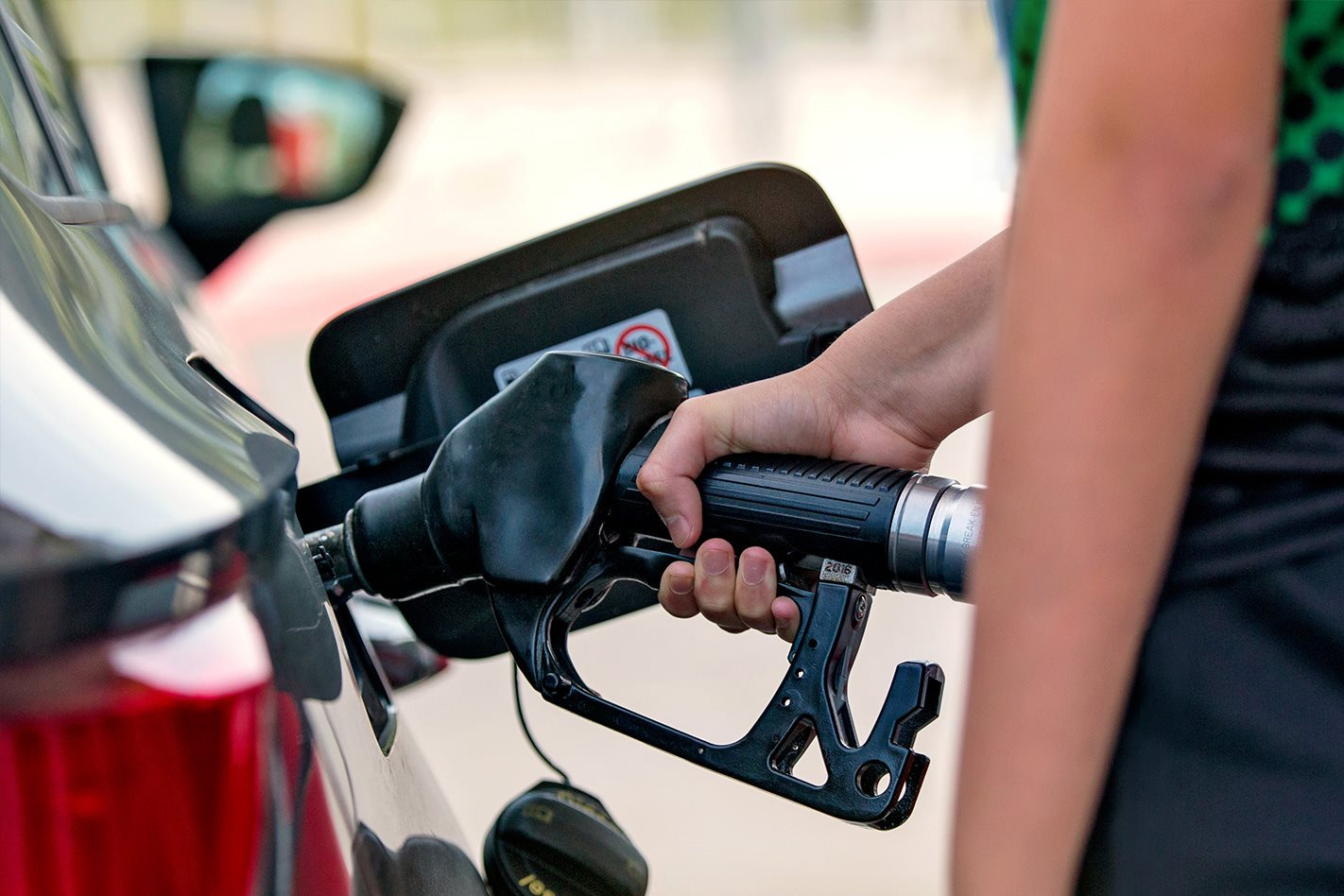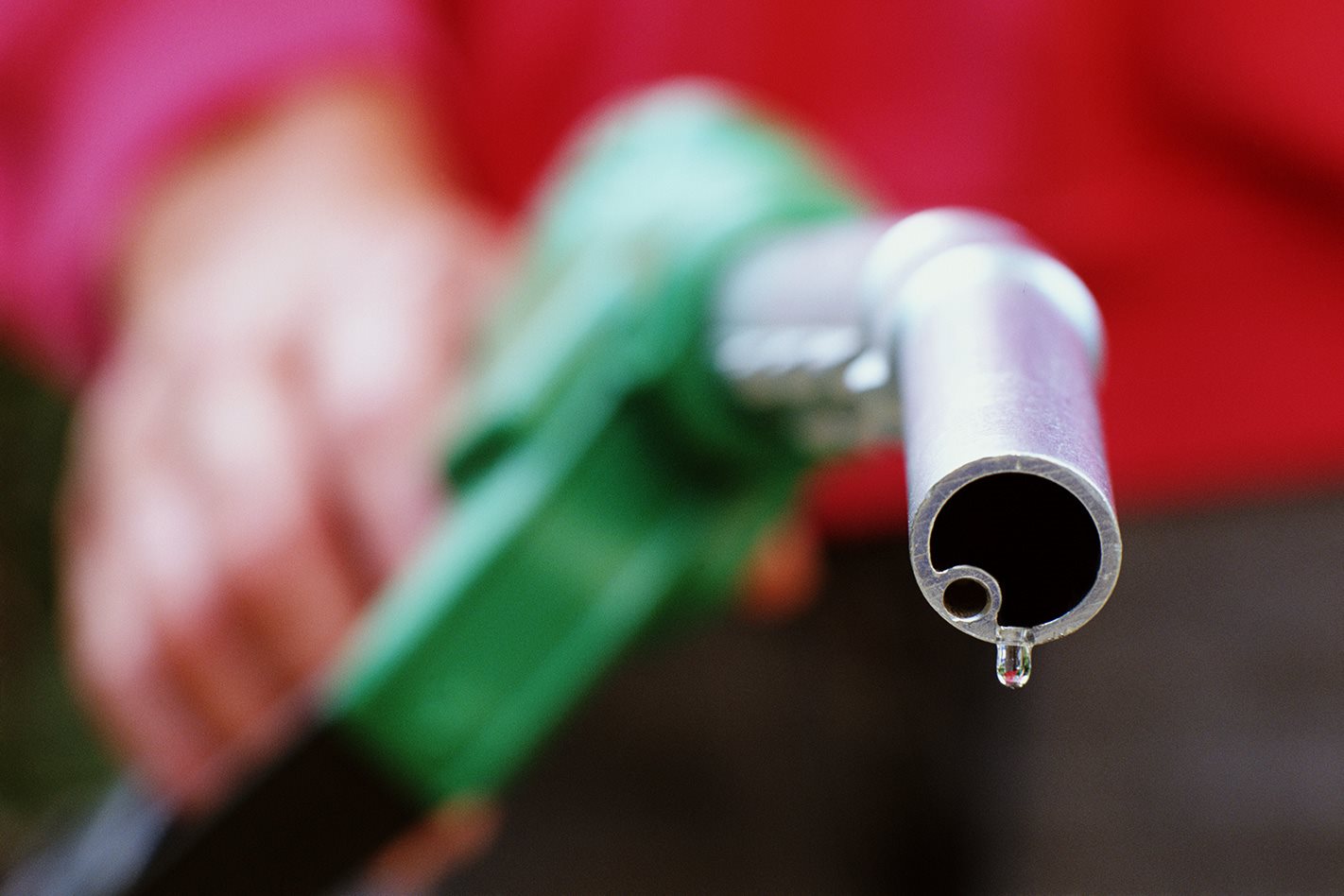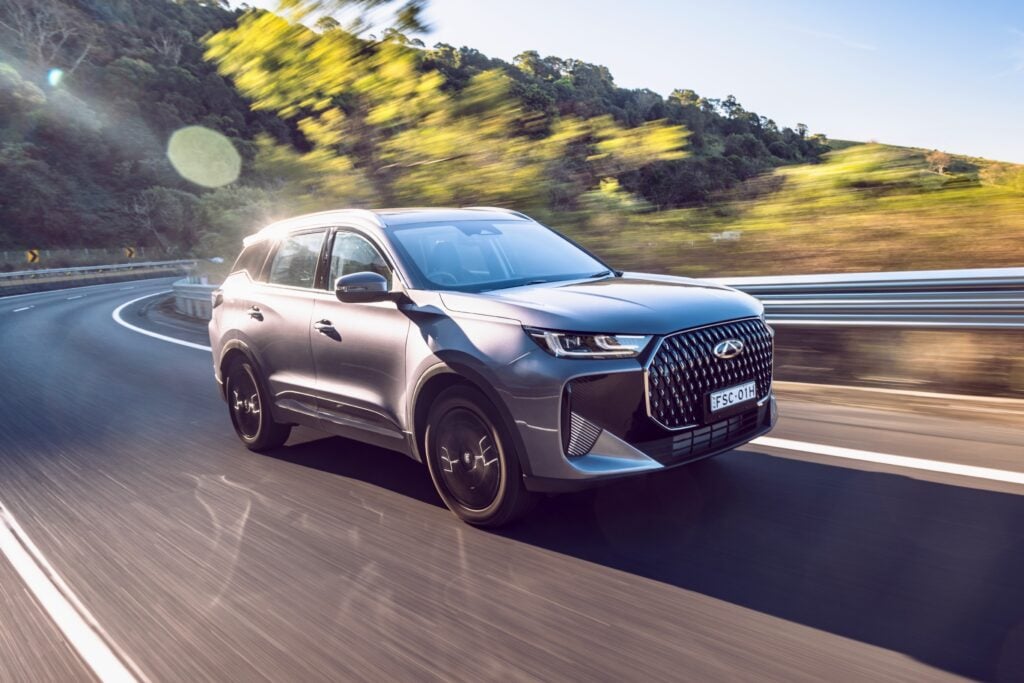FUEL retailers have gone to war against the consumer watchdog over claims the industry has gouged buyers in the lead-up to Christmas.
The latest quarterly Australian Competition and Consumer Commission report claims fuel retailers have enjoyed their fattest profit margins in 15 years, prompting it to encourage drivers to fight back.
However, fuel retailers have hit back, claiming the ACCC does not understand how the retail fuel industry works, and has based its assessment on flawed figures.
According to the Australian Competition and Consumer Commission report, the average gross retail margin in the three months to the end of December was 14.2 cents a litre, the highest since the fuel prices advocate started monitoring them in 2002.
The quarter saw average petrol prices in Sydney, Melbourne, Brisbane, Adelaide and Perth increase by 12.6 cents a litre in the quarter to 135.1 cents a litre, it said.
“Higher international crude oil and refined petrol prices and a lower AUD-USD exchange rate contributed around two-thirds of the increase in retail prices,” the ACCC said. “The rest was due to high gross retail margins.”
Fuel retailers are less than happy with the ACCC’s findings. The Australasian Convenience and Petroleum Marketers Association said while the ACCC had noted higher world oil prices and the lower value of the Australian dollar relative to the US dollar, it had no evidence that retailers were gouging on prices.

However, ACCC chairman Rod Sims said retail margins for petrol were the highest they had ever been, and motorists were paying for it. “Last quarter alone, average gross retail margins in the five largest cities were 14.2 cents per litre, an increase of 3.9 cents per litre from the previous quarter,” Sims said.
“The ACCC accepts that some of the increase in gross retails margins has been due to increased costs; the information we have, however, indicates that this contribution does not explain the bulk of the increase.”
The ACCC report – it has regularly monitored fuel prices since 2002, and was given a federal government mandate to continue its oversight in December last year – said gross retail margins last year were more than four cents higher than the eight-cent average margin for the last 15 years.
“Assuming similar margins for sales of all petrol types across Australia, this represents an additional cost to motorists of over $750 million per year,” it said.
McKenzie said the ACCC’s report appeared to suggest that fuel retailers – most who are small to medium businesses – should be able to sell fuel at, or very near to the cost they paid for it at the refinery gate.
“But fuel retailers must pay costs on top of this refinery price”, he said. “These costs include the cost of transporting the fuel to their service stations, paying wages to service station staff, paying for the electricity needs to operate their service stations and meeting the rising cost of regulation and compliance.”
According to the report, Brisbane motorists paid the most, with prices at the pump an average of 3.3 cents higher over an eight-year period than Australia’s four other big cities.
Meanwhile, rural buyers benefitted hugely in the quarter, with the average price falling to 1.4 cents a litre – 5.2 cents a litre below the previous quarter’s average. However, that saving didn’t extend to Darwin, where the average fuel price increased “significantly”.
Sims encouraged drivers to use fuel price transparency schemes that show the lowest fuel prices in areas as a way to fight back against the higher profit margins.
“Motorists can fight back against these high prices by using fuel price websites and apps to shop around,” he said. “Consumers can save significantly by timing their purchases during the price cycle, which encourages retailers to be more competitive.”





